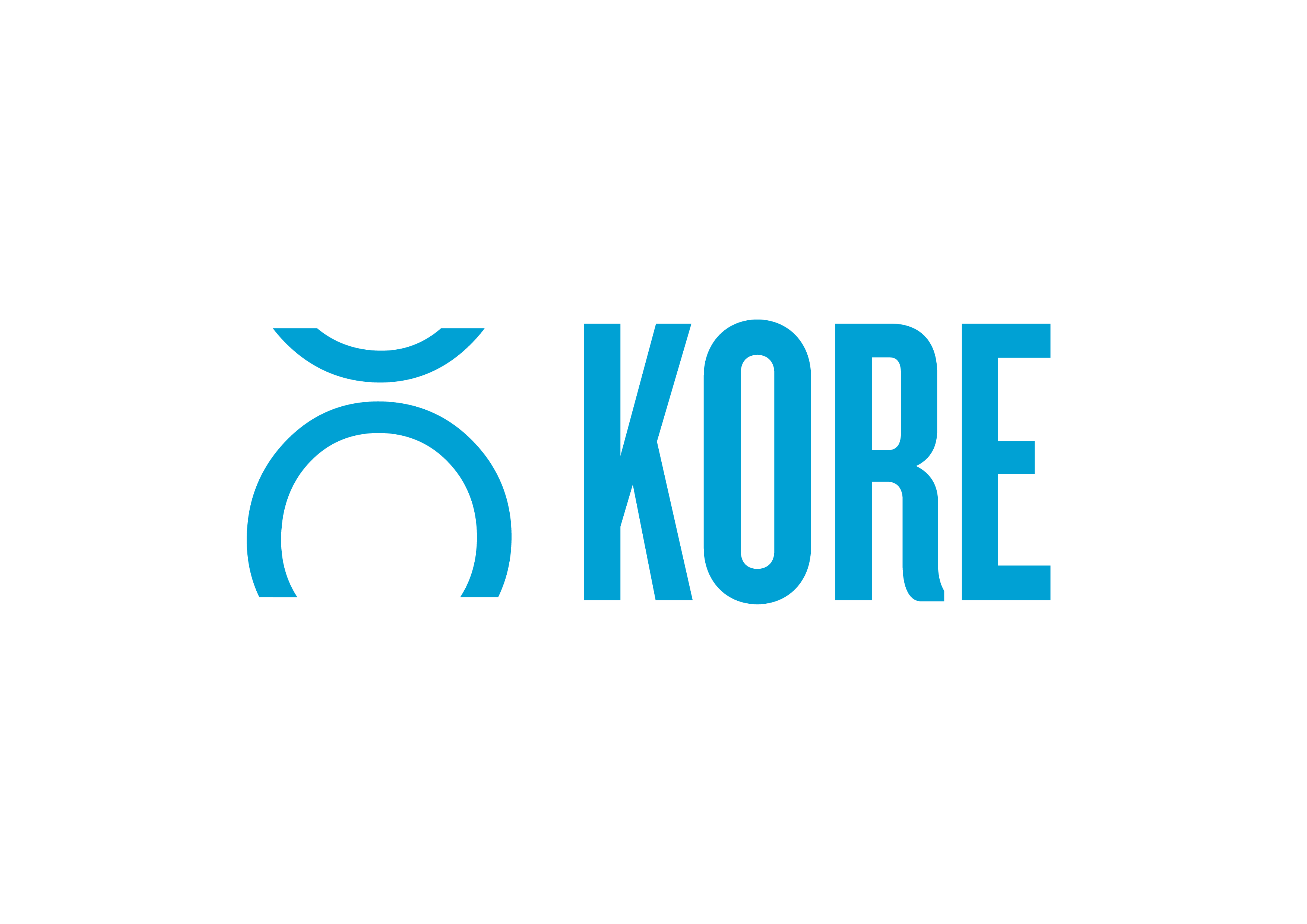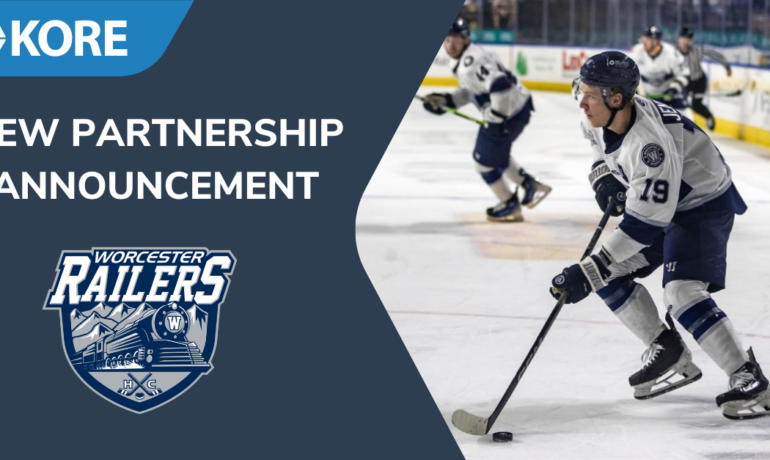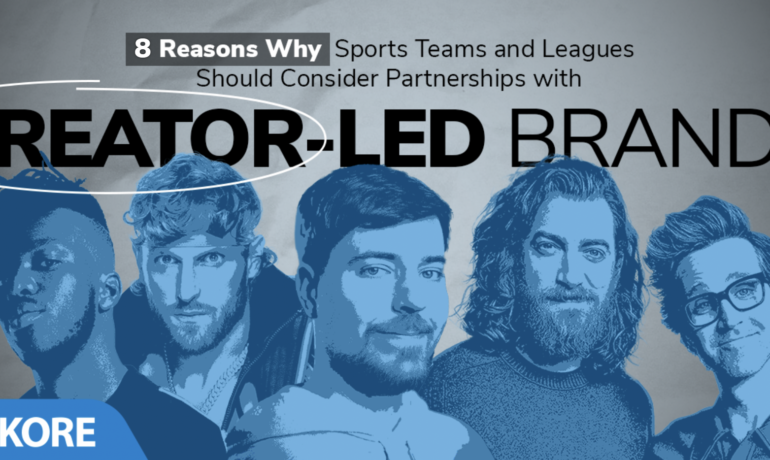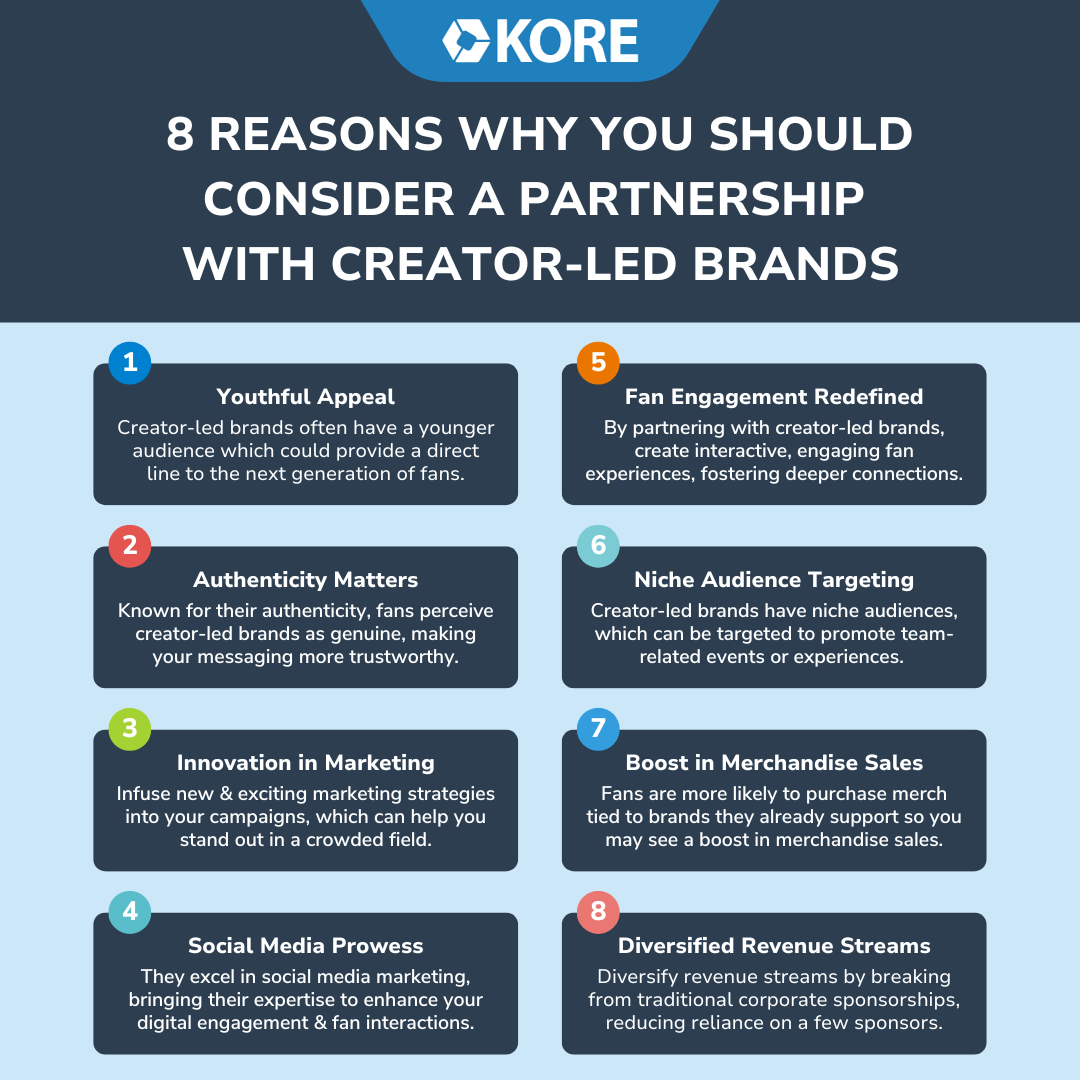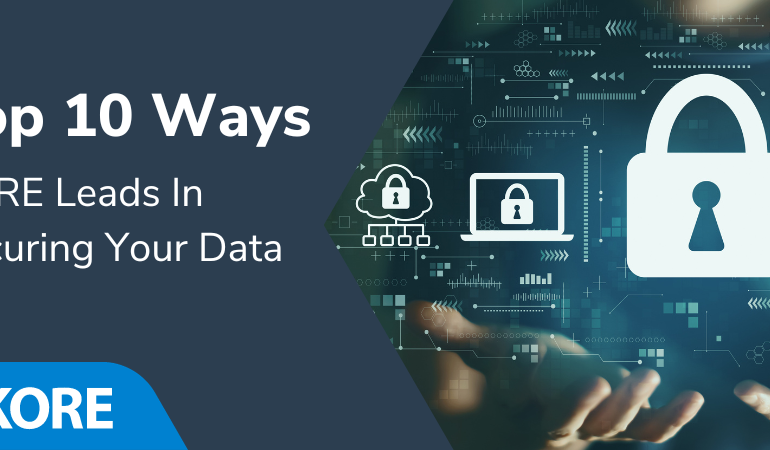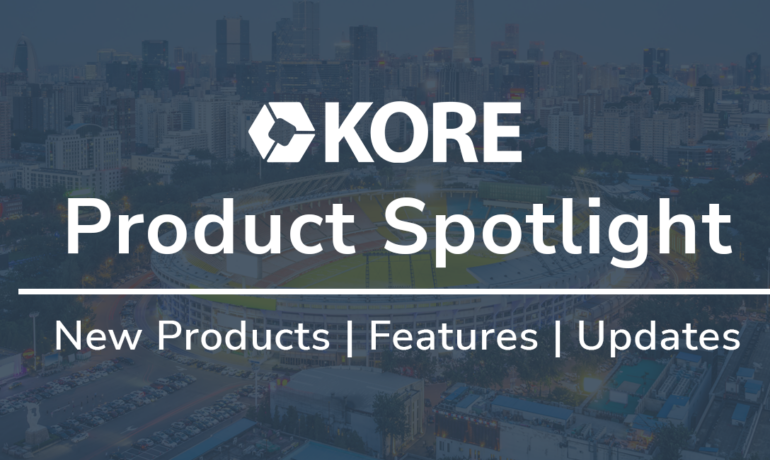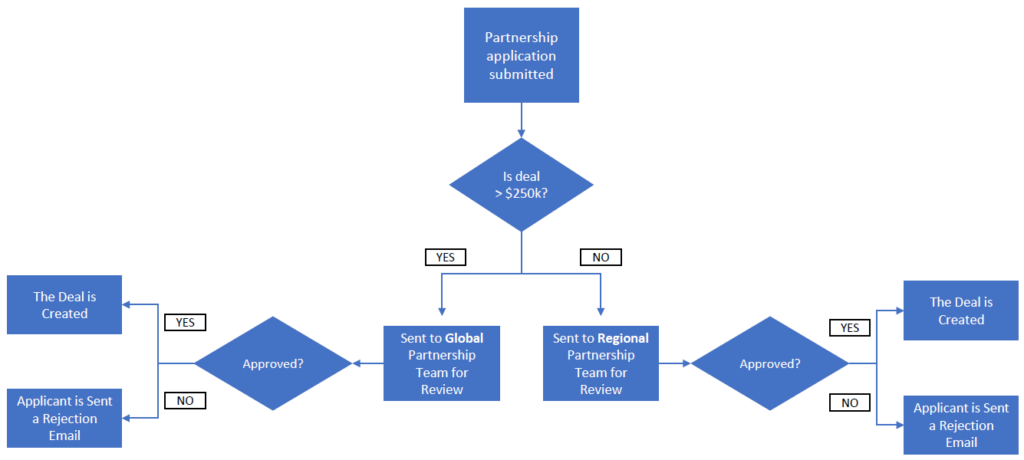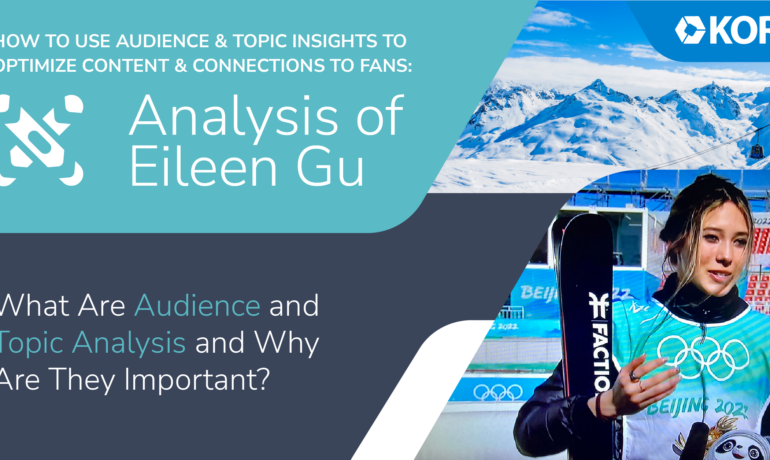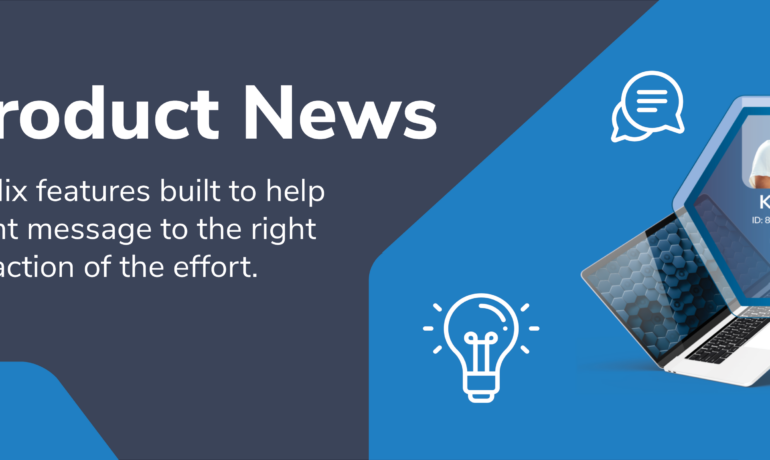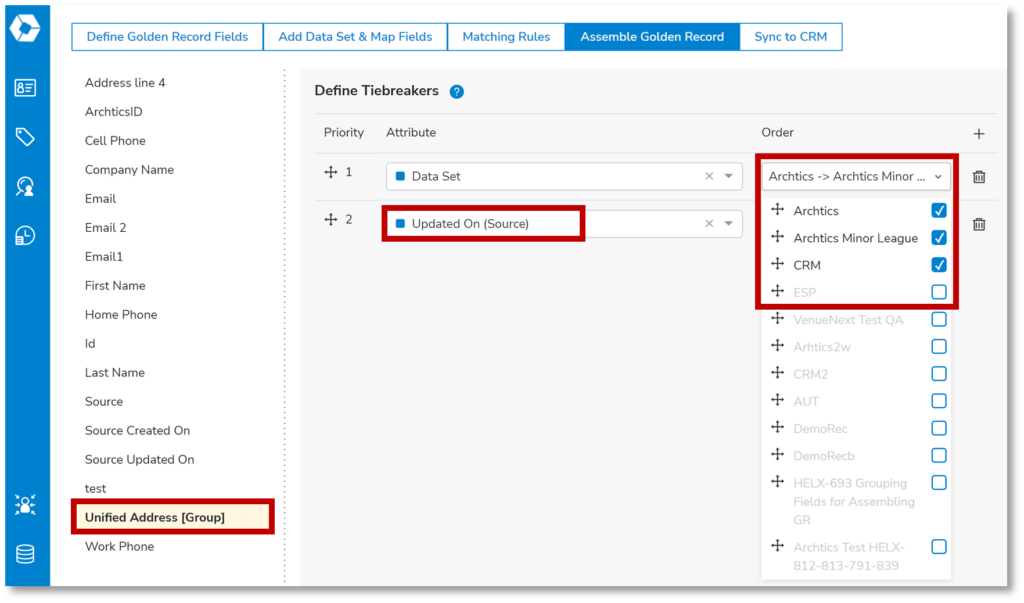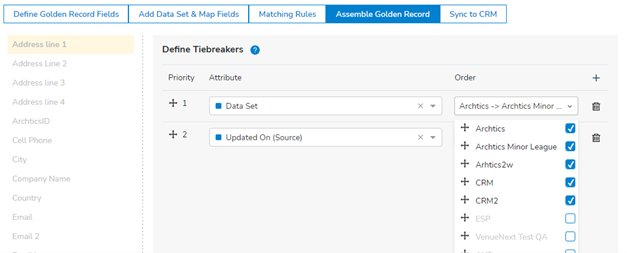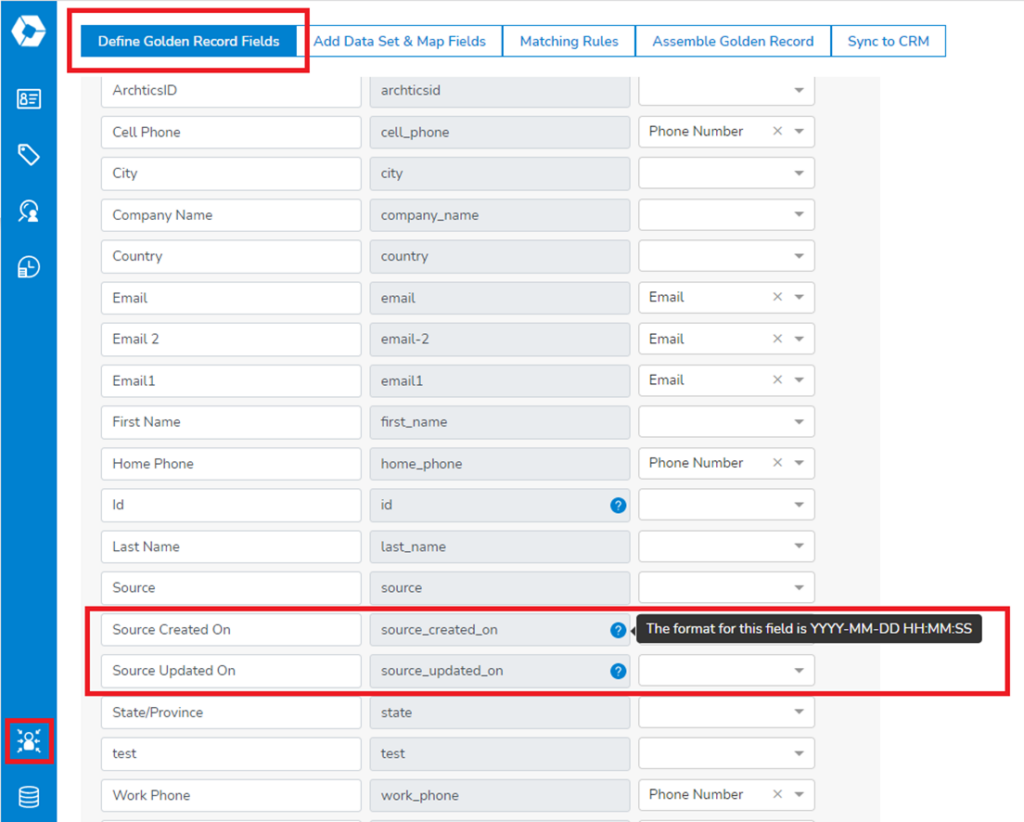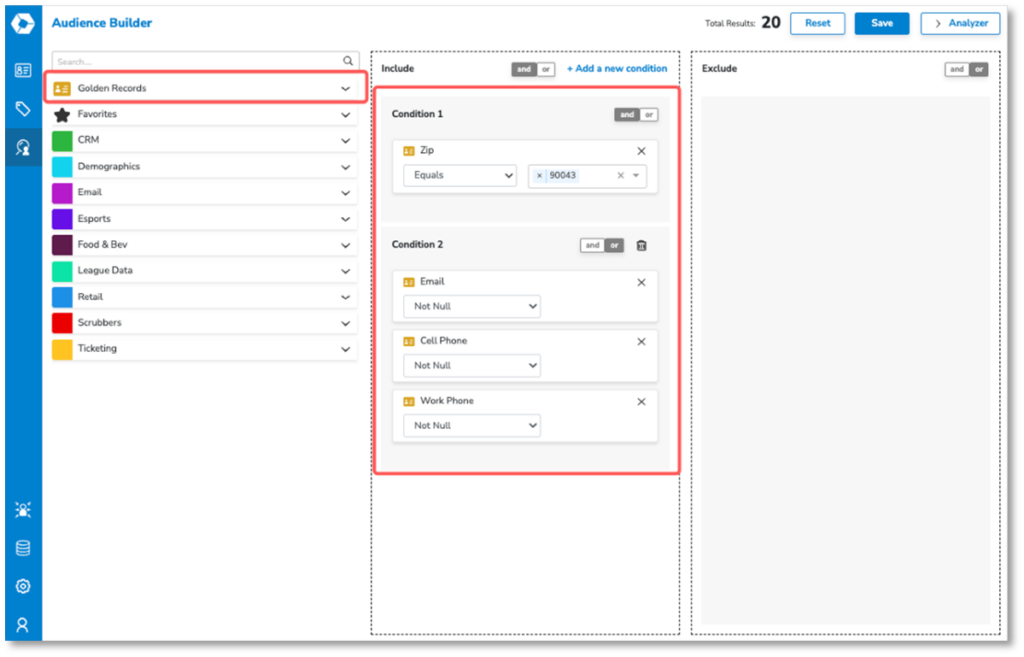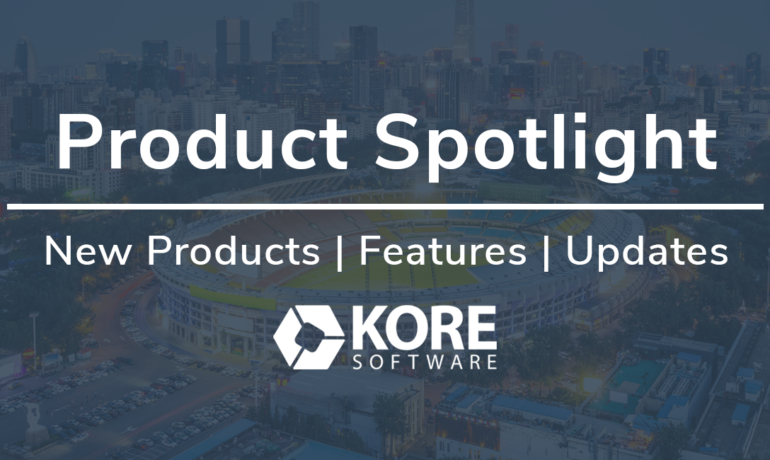One of the most important pieces of the partnership puzzle is figuring out what your partners and sponsors want from their investment. Not only does it help you to establish relationships that are mutually-beneficial — it also helps to ensure that both parties see success from the partnership.
In one of our recent blogs about how to define and measure partnership objectives, we explain that objectives are goals that a brand or organization wants to achieve through a sponsorship agreement. They can be things like increasing brand visibility through unique activations like sponsoring an athlete’s official avatar in popular video games or relating to a niche audience like an online cooking school with well-known guest teachers to generating leads from social posts or driving ticket sales from ads.
But how exactly do you go about asking your partners what their objectives are, without losing sight of your own? In this blog post, we break down the why, when, and how of asking sponsorship partners about their objectives into phases. The first phase helps you get the buy in you need from partners and the second phase focuses on asking the right questions. The second phase then breaks out into two different scenarios with detailed steps and real-world examples, templates, and practical tips on making these conversations as successful (and seamless) as possible.
Phase 1: Explain Why You’re Asking
Let’s say you’re a sports team that wants to increase sponsorship revenue from established brand partners. To start, you need to prove that you’re worth the investment by providing results. We’re not talking about the end-of-season recaps with little to no insights that no one reads. We mean thorough results that show progress towards your partners’ objectives and actual insights that can be used to optimize performance. Providing meaningful results to partners demonstrates the work that is being put into reaching goals, the areas that need adjustment, and the areas that were improved, leading to satisfied partners.
Start by explaining why you’re asking about objectives and list the benefits. This will provide context for your partners and clearly lay out what’s in it for them. Depending on your relationship with your partners, you can do this via email, virtually, or in an in-person meeting. Typically, this conversation takes 30-60 minutes depending on how many follow up questions they ask. Below is a list of reasons and benefits you can share with them to start the conversation.
Examples of reasons why you’re asking include:
- Prove that a partnership with you is valuable.
- Provide even more value by collaborating on ways to continue what’s working and improve what isn’t.
- Ensure they’re satisfied with the partnership and continue to partner with you.
Examples of benefits for them include:
- Ensure the partnership supports their organization’s overall goals.
- Maximize the value they get out of the partnership by working with you on ways to optimize strategy.
- Demonstrate returns from the partnership to their executives using the near time reports you provide.
Phase 2: How to Ask About Objectives
So, you’ve explained to your partner why you’re asking about their objectives. Now it’s time to ask what their objectives are. This process will vary depending on if they already have them established or not. For either scenario, we have a step-by-step guide to ask the right questions and set you and your partner up for success.
Scenario A: Your Partner Doesn’t Know What Their Objectives Are
Step 1: Send your partner our blog How to Define & Measure Your Brand’s Partnership Objectives in 3 Steps. It explains why it’s important to define and measure objectives and helps start the brainstorming process.
Step 2: Send them a survey to uncover what’s important to their organization and help them establish objectives. You can quickly draft your own using Google forms or a variety of other survey tools available online. Include a deadline for the survey and extend it if the deadline is missed. You may need to follow up with reminders on the benefits of why aligned objectives are important to the success of the partnership.
Examples of survey questions to ask include:
- What is the primary goal of your sponsorship with us?
- Rank the following categories of objectives in order of importance to your brand/organization:
- Awareness: The level of awareness of a brand among its target audience.
- Visibility: The frequency with which people encounter the brand.
- Brand Image: A consumer’s interpretation of your brand and its products and services.
- Customer Engagement: Engage existing customers and create loyalty.
- Sales: A transaction that includes an exchange of services or goods for a certain amount of money.
- Lead Generation: Generate leads and build relationships with potential customers.
- What type of audience are you targeting with your sponsorship?
- How do you measure the success of your sponsorship with us?
- What kind of return on investment are you expecting from this sponsorship?
- What criteria do you use to select which teams to sponsor?
- How does your brand benefit from sponsorship with us?
Step 3: Once they complete the survey, set up a kickoff meeting to discuss survey answers, and help them determine objectives. This meeting typically takes between 2-4 hours so we recommend conducting it in person. Some common partnership objectives include:
- Increase brand awareness
- Generate new leads and customers
- Enhance customer loyalty
- Strengthen brand image and reputation
- Increase sales of products or services
- Increase onsite traffic or social media followers
- Target and connect with an expanded demographic
- Promote social responsibility initiatives
From our work with sports teams and brands, we suggest starting with three objectives per partner. This keeps it manageable for both parties. It’s important to confirm that objectives are:
- Realistic
- Achievable
- Carry a specific timeline for completion
Step 4: Work with your partner to set goals for each of their objectives. Goals provide direction and structure, allowing you to measure progress and determine when you have achieved success. Goals also help to keep you accountable and on track. This can be done via email or in a follow up virtual or in-person meeting. We recommend starting with two to three goals per objective.
Continuing with our example objectives in step 3, let’s say that you’ve agreed with your partner that their primary objectives are:
- Increase online brand awareness
- Generate 50% more leads YoY from online sales
- Grow social media followers
Then goals for each of those objectives would be:
- Increase online brand awareness
- Increase website traffic by 20% over the next 3 months
- Generate 50% more leads YoY from online sales
- Increase the number of leads generated from our website by 10% in the next 3 months
- Increase the number of qualified leads generated from our email campaigns by 20% in the next 6 months
- Strengthen social media engagement
- Increase the number of followers on social media platforms by 10% in the next 3 months
- Increase engagement with followers by 20% in the next 6 months
Step 5: Now it’s time to drill it down even further. Decide on KPIs (Key Performance Indicators) that will support the goals for each objective. KPIs are important to setting objectives because they provide a measurable way to track progress and success. This can also be done via email or in a follow-up virtual or in-person meeting.
Building on our example in step 4, KPIs for the objectives and goals agreed upon with your partner would be:
- Increase online brand awareness
- Increase website traffic by 20% over the next 3 months
- Number of website visitors
- Average time spent on the website
- Bounce rate
- Generate 50% more leads YoY from online sales
- Increase the number of leads generated from our website by 10% in the next 3 months
- Number of leads generated
- Conversion rate (leads/visitors)
- Increase the number of qualified leads generated from our email campaigns by 20% in the next 6 months
- Number of emails sent
- Open rate
- Click-through rate
- Strengthen social media engagement
- Increase the number of followers on social media platforms by 10% in the next 3 months
- Number of followers gained over the 3-month period
- Percentage increase in followers over the 3-month period
- Increase engagement with followers by 20% in the next 6 months
- Number of likes and comments on posts
- Number of shares
Step 6: After you establish objectives, goals, and KPIs with your partner, take a moment to get clear buy-in from stakeholders. Whether you do this in person or over email, you want to confirm that everyone involved sees the road map and understands what they are tracking and working towards.
Further, getting both parties on the same page is necessary in case a goal is missed. For example, if you track the KPIs for the goal of increasing the number of website leads by 10% in the next 3 months, but miss the goal, you may see new trends emerge that lead to beneficial insights. Having all stakeholders aligned on the bigger picture would make it easier to pivot and quickly act on the new insights and still get a positive outcome.
Scenario B: Your Partner Knows What Their Objectives Are
Step 1: Set up a kickoff meeting to discuss and align their objectives. Typically, this is a virtual or in-person meeting that lasts between one to two hours.
Step 2: Once objectives are identified, work with your partner to identify goals and KPIs. See steps 4 and 6 in scenario A above.
Managing & Tracking Objectives in One Spot for Visibility
After your sponsorship partner’s objectives are identified, it’s up to you to manage and track them in a single platform for greater visibility and accountability. Learn here why a single platform to gather all data, insights, and communications is a competitive advantage. It also allows for better collaboration internally, as everyone on your team can easily access the same information and work together to achieve the same goals. Additionally, having all objectives in one system makes it easier to identify areas of improvement and adjust strategies accordingly. This helps ensure that resources are being used efficiently and effectively to reach desired outcomes.
One Dream, One Team
While the partnership reflects two completely different teams, aligning on objectives and treating them as one vision strengthens the partnership for long term success. It also creates a mutually beneficial partnership for everyone involved.
Need help facilitating discussions with partners about their objectives, request a consultation here.


